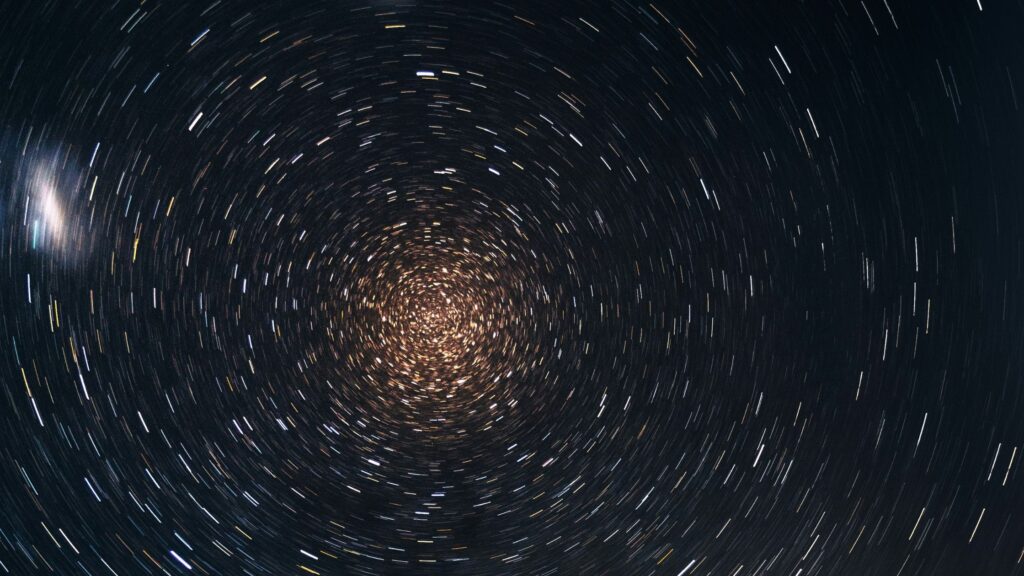Meteor showers are some of the most spectacular phenomena in nature–visible in the night sky. Each year, many such events take place depending on the hemisphere and the location of the constellation. One such meteor shower that took place in June was the Arietids meteor shower. The following article explores some of the best ways to view the event.
Overview: Arietids Meteor Shower
The dust particles from Comet 96P/Machholz reach the surface of Earth–where the drag ignites the debris for a few seconds. As a result, multiple shooting stars appear in the Earth’s atmosphere.
In the case of the Arietids meteor shower, specks of light appear in the Aries constellation–visible in the Northern Hemisphere. Therefore, people living in remote areas can get a glimpse of meteors. However, there is a catch–Arietids are one of the daytime meteor showers, and because of that, it’s very difficult to catch them.
Additional Insights
The peak frequency of the Arietids meteor is around 60-80 meteors per hour. However, due to the poor viewing quality, it’s nearly impossible to get a glimpse of these ignited dust particles. Nevertheless, with proper set-up and directions, one can overcome the hurdle of the Sun and poor weather conditions.
The Arietids peak from May 29 to June 17, with 4th June being the most active day for sightings. However, one can view them in the early mornings of the respective days and times.
Viewing The Arietids Meteor Shower
To view the Arietids meteor shower, keep the following things in mind:
- Set up in the areas where Sunrise is slow
- Visibility is maximum during the day
- Frequency can be as high as 200 meteors per hour
- Keep track of the moon as well
Conclusion
The Arietids meteor shower, which occurs in June, is a spectacular event in which dust particles from Comet 96P/Machholz ignite, causing multiple shooting stars in the atmosphere. Specks of light appear in the Aries constellation, making them difficult to catch. The peak frequency is around 60-80 meteors per hour.
Frequently Ask Questions (FAQs)
Where can you see the Arietids meteor shower?
You can see the Arietids coming from the direction of the constellation Ares in the northern hemisphere.
Who is the God of meteor showers?
Asteria from Greek Mythology was a titan and the God of shooting stars.
What is the best time to see a meteor shower tonight?
The best time to watch meteor showers is from midnight to early dawn.
What was the worst meteor shower?
The Leonid meteor shower has some of the worst sights because of storms and light pollution in the Northern Hemisphere.

